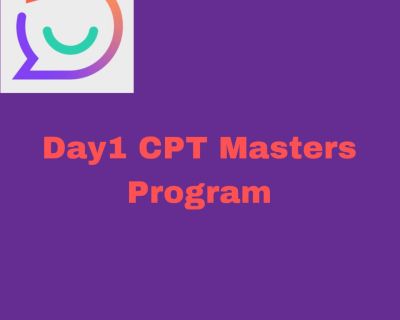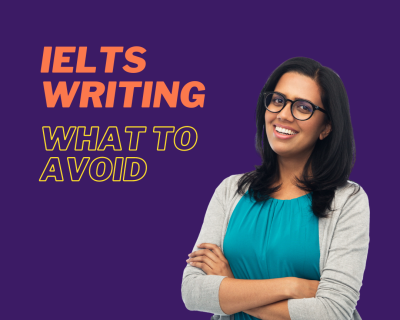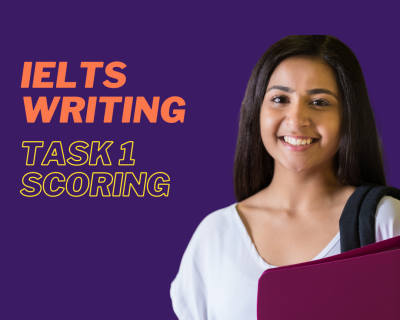Navigating the path to a high score in the IELTS Listening Test can sometimes feel like a puzzling maze. But worry not! We have already discussed the structure of the test, and today, we delve a level deeper, tackling the core challenge – understanding and acing various question types in the Listening Test.
Just like every skilled architect uses a blueprint, your test-taking strategy should have one too. This article will serve as that blueprint, helping you devise strategies for different question types in the IELTS Listening test.
We will unpack the strategies, provide tips, and, more importantly, real-life examples that will help you relate and apply these strategies effectively.
Understanding the Question Types
Before we jump into strategies, it’s crucial to familiarize yourself with the different question types you’ll encounter in the test. We’ve compiled a comprehensive guide on different question types and strategies that serves as a primer for this discussion.
Here are the common question types you’ll come across in the IELTS Listening Test:
- Multiple choice
- Matching
- Plan/map/diagram labelling
- Form/note/table/flow-chart/summary completion
- Sentence completion
- Short-answer questions
Each question type tests different listening skills – from understanding the main idea to catching specific details. Now, let’s dive into how to tackle these different question types effectively.
Strategies for Multiple Choice Questions
Multiple choice questions can be tricky. They often include distracting information that sounds correct but isn’t. Our guide on mastering multiple-choice questions dives deep into this topic.
Here’s a quick tip for you: Instead of passively waiting for the answer to pop up in the audio, actively listen for the answer. Let’s take an example.
Question: Why did Maria decide to change her major to English Literature?
A. She found her previous major uninteresting.
B. She was inspired by a famous author.
C. Her parents suggested the switch.
As you listen to the audio, you might hear, “Maria always admired Jane Austen. It was ‘Pride and Prejudice’ that truly sparked her interest in English Literature.”
This statement corresponds to option B. However, if you’re not actively listening, you might fall for a later statement, such as, “Maria found her previous major in Chemistry uninteresting compared to the world of literature.” This might lead you to incorrectly choose option A, although Maria’s inspiration from Jane Austen was the main reason for her switch.
Strategies for Matching Questions
The Matching type questions often test your ability to understand the main idea and specific information. The trick here is to first read the options carefully and predict the type of answer required before you start listening. Once the audio begins, listen out for synonyms or paraphrases of the information in the questions.
Consider the following example:
Question: Match the person with their favorite food.
People:
A. Mary
B. John
C. Emily
Food:
1. Pasta
2. Pizza
3. Salad
As the conversation unfolds, you may hear, “John simply loves it when I make spaghetti”, which indicates John’s favorite food is pasta (1). Here, the food ‘pasta’ is a synonym for ‘spaghetti’, emphasizing the importance of a strong vocabulary, as we’ve highlighted in our post on vocabulary development.
Strategies for Plan/Map/Diagram Labelling
Listening to an audio description while labelling a plan, map, or diagram can be quite challenging, especially when you have to decipher spatial descriptions. A helpful strategy here is to familiarize yourself with the plan, map, or diagram before the audio starts. Look for possible landmarks or significant features that could be mentioned.
For instance, you might have to label parts of a park, such as a ‘playground’, ‘swimming pool’, or ‘picnic area’. As the audio describes the park, phrases like “the place where children play on swings and slides” refers to the ‘playground’, even if the term ‘playground’ isn’t directly mentioned. This is where the skill of making inferences becomes crucial.
Strategies for Form/Note/Table/Flow-chart/Summary Completion
These question types test your ability to understand specific factual information. Before the audio starts, read through the gaps in the text to predict the type of word or phrase needed, whether it’s a noun, verb, adjective, number, etc. Then, while listening, try to fill in the gaps based on the context.
For example, in the sentence “The professor emphasized the importance of _____ to maintain a healthy mind,” you can predict the blank would be a noun related to maintaining a healthy mind. When you hear, “The professor emphasized the importance of regular meditation to maintain a healthy mind,” you can fill in the blank with ‘regular meditation’.
Strategies for Sentence Completion
Sentence completion questions in the IELTS Listening test typically require you to listen for specific details or facts. Again, it’s useful to read through the sentences before the audio starts, anticipating the type of word or phrase that will complete the sentence.
Let’s take an example:
Question: During the lecture, the professor emphasized that _____ is the cornerstone of effective communication.
When the audio plays, you might hear the speaker saying, “During the lecture, the professor emphasized that active listening is the cornerstone of effective communication.” The term ‘active listening’ fills the blank perfectly, presenting a specific detail from the lecture.
Remember to be aware of word limit instructions. If the question states “NO MORE THAN TWO WORDS”, answers with three words or more will be marked incorrect. Also, remember to check your grammar to ensure the sentence is grammatically correct.
Strategies for Short-answer Questions
Short-answer questions often demand specific factual information. A useful strategy for these types of questions is, again, to anticipate the type of answer required. Read the question carefully, note down what type of information you need to listen for – is it a name, a date, an adjective, or something else?
For instance, if the question asks, “What advice does the speaker give for dealing with stress?” you’ll know to listen for a specific piece of advice related to managing stress.
We’ve now covered strategies for all different question types in the IELTS Listening Test. Remember, practice is the key to perfection. The more you expose yourself to different accents, conversational situations, and types of questions, the more adept you become at catching critical information and scoring high in the IELTS Listening Test.

















